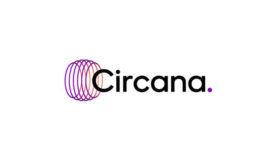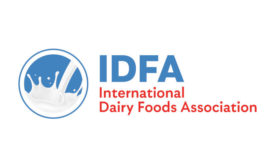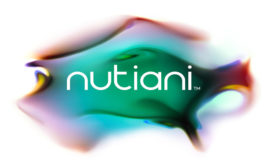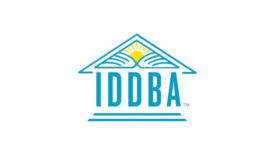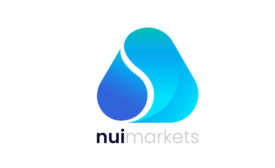Dairy Facts and Stats
Report: Consumers seek value amid inflation
Scientific credibility and mental wellbeing also big topics
January 10, 2024
Ice cream will never go out of style, predicts Trendicite
Whether it’s dairy-based or plant-based, consumers "scream for ice cream."
January 2, 2024
IDDBA reveals top 2024 trends
The 2024 What’s In Store also features a comprehensive look back at 2023
December 28, 2023
Nui Markets provides global dairy market update
"It’s been a topsy-turvy year,” says Ron O’Brien, President of Nui Markets North America.
December 25, 2023
Cheese consumption reaches all-time high
Overall dairy consumption in 2022 was the second highest on record.
November 30, 2023
State of the Dairy Industry: Lower dairy prices should drive global demand
Southeast Asia exports should grow
November 29, 2023
The State of the Dairy Industry is Solid
A deeper dive into the 2023 sales data reveals pockets of growth and innovation.
November 6, 2023
Exploring the importance of new innovations in dairy foods
Based on a McKinsey survey, most people still consume dairy, and a very small amount consume alternatives exclusively.
November 2, 2023
Get our new eMagazine delivered to your inbox every month.
Stay in the know on the latest dairy industry trends.
SUBSCRIBE TODAYCopyright ©2024. All Rights Reserved BNP Media.
Design, CMS, Hosting & Web Development :: ePublishing
